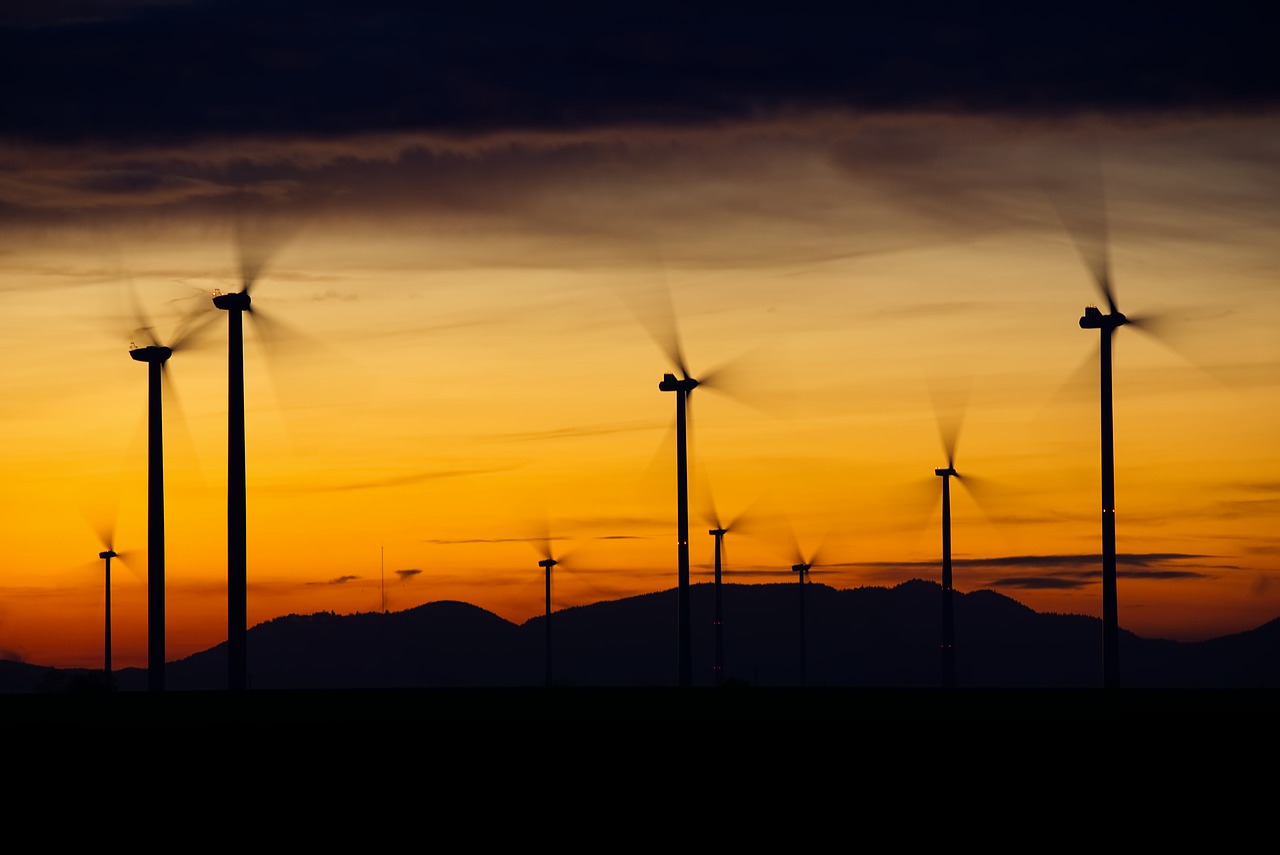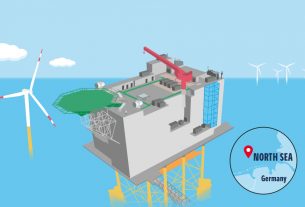France – Around 20% of France’s electricity comes from renewable sources, with 8% coming from wind energy, but more is needed if the country is to both meet its climate goals and strengthen its energy security.
France’s energy system is under pressure due to the conflict in the Ukraine and problems with its fleet of conventional electricity generators. The French government is acting in an unprecedented manner to increase the production of renewable electricity.
Local wind resources eliminate the need to import energy from abroad. It is competitive and independent of fossil fuel market prices. Additionally, both consumers and governments save money. According to government-backed Contracts for Difference (CfDs), project developers pay governments the difference between the State-guaranteed purchase price of electricity and the wholesale electricity market price, which is currently very high due to the conflict in Ukraine. Wind energy will contribute €8 billion to France’s State revenue in 2022–2023. Savings will rise as wind energy is deployed more widely.
Renewables deployment
Certain investments in renewable energy, however, are at risk due to inflation and rising commodity prices. The French government predicts that the current economic climate may prevent the development of 5–6 GW of wind projects and 6-7 GW of solar projects. Therefore, in order to increase the production of renewable electricity before the winter, the government has announced a number of emergency measures. For example, projects that have already won an auction may be able to increase their capacity by up to 40% before they are finished, and new wind and solar farms may be able to sell their electricity directly on the market for 18 months before locking in their CfDs. Contracts for Difference are also going to be adjusted by the government to account for changes in the price of raw materials. An upcoming emergency law will complete these immediate steps and speed up France’s deployment of renewable energy sources.
Following a public consultation with more than 15,000 participants, the French government doubled the size of the planned Oléron offshore wind zone (Atlantic ocean) to 2 GW. The first GW of bottom-fixed offshore wind will be tendered this year, and the second GW, which will probably be floating offshore wind, will be tendered later. The selection of the wind zone shows consideration for the surrounding environment and the compatibility of clean energy initiatives with biodiversity preservation. By 2050, France hopes to have constructed 50 wind farms totaling 40 GW of offshore wind energy. In St. Nazaire, the nation’s first offshore wind farm of this size officially began supplying electricity to the grid in June, and offshore wind energy already provides jobs for more than 5,000 people in France. The sector wants to increase this by four times to over 20,000 direct and indirect jobs.




